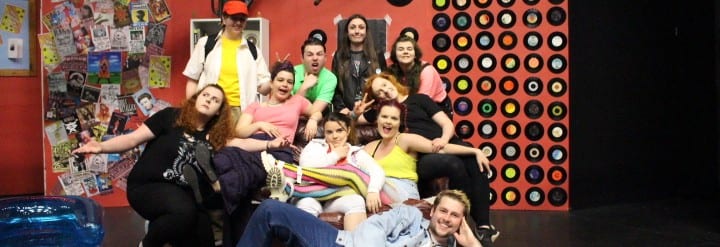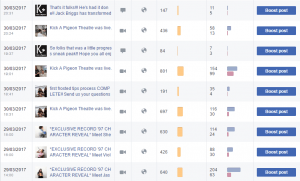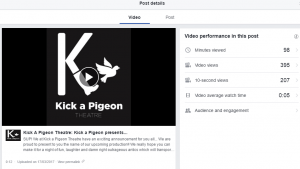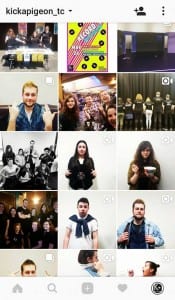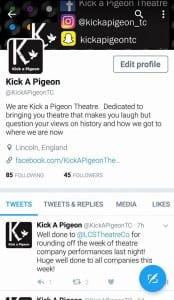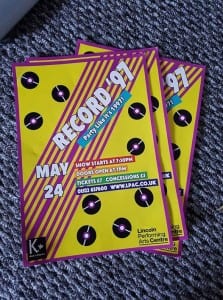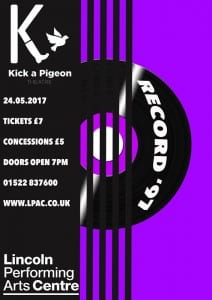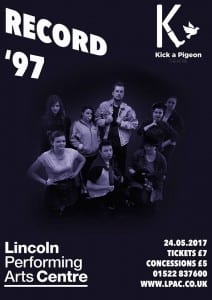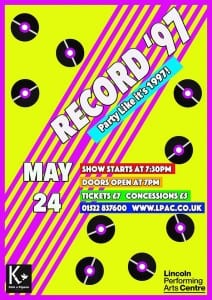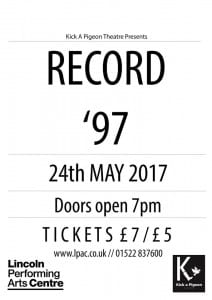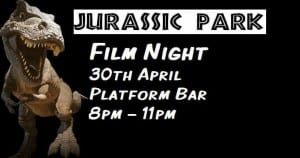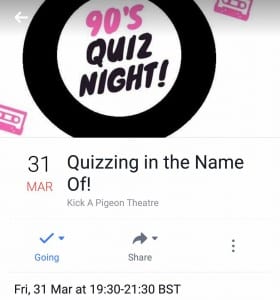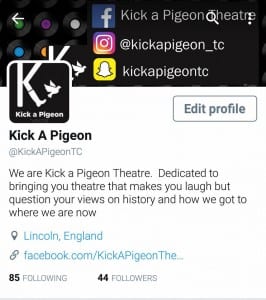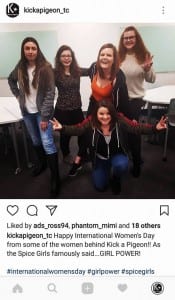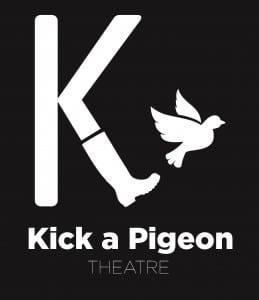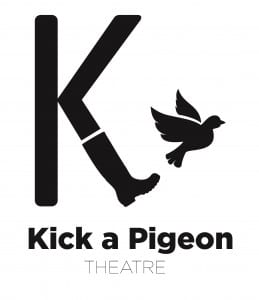Arts Council England (ACE) define marketing as – “the process of communicating the value of your work to potential audiences, visitors and participants” (Arts Council England, 2016, 3). ACE provide segments which help organisations to understand the target audiences so that they can develop their communications for their audience’s needs.
“It can help any organisation working to increase arts engagement to identify target segments and develop tailored engagement strategies and marketing campaigns” (ACE, 2011, 5).
We performed Record ’97 on 24th May 2017 and despite us having a reasonable sized audience, I have learnt that some marketing strategies are more successful than others. I have learnt that the strongest communication for potential audiences is Facebook. By studying the statistics of the post engagements on Facebook, it is clear that this was the most successful marketing tool in gaining audience interaction. Looking forward with social media, I would develop using more social media platforms such as Snapchat. We made an account but it was used to its full potential.
Record ’97 featured an elaborate set, however if Kick A Pigeon Theatre were to take this production on tour, I would use some of the same marketing strategies which I have used whilst in Lincoln. I would focus more on posting sponsored posts as these have a higher success rate. I would also look into what kind of theatre is hosted at the touring cities and decipher how to target the audience’s specific for our production. Due to the success in Lincoln I would also urge going out in to the city and advertising our production through face to face contact with the public whilst handing out flyers.
The feedback we received from our production showed that people of all ages enjoyed our show, not just the young 16 – 30 age range we targeted at. With this being said, I would look into more marketing techniques so that a wider age range can be targeted. For older members of the public, social media may not be as successful.
Works Cited
Arts Council England. (2011) Arts audiences: Insight. London.
Arts Council England (2016) Audience development and marketing, and Grants for the Arts. London.
